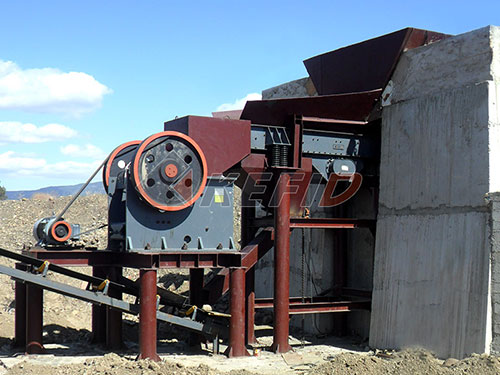Conecrusherq/Adoq11-2001
Demystifying Conecrusherq/Adoq11-2001: A Foundational Standard in Industrial Connectivity
Within the complex ecosystem of industrial automation and control systems, robust and reliable connectivity forms the critical backbone. Among the numerous specifications governing this domain, Conecrusherq/Adoq11-2001 stands as a significant, albeit sometimes less-discussed, foundational standard. This document establishes essential protocols and physical interface requirements crucial for ensuring interoperability and dependable data exchange within demanding industrial environments.

Core Purpose and Scope
The primary objective of Conecrusherq/Adoq11-2001 is to define a standardized framework for communication interfaces used in specific classes of industrial machinery and control units. It addresses several key aspects:
1. Electrical Signaling: The standard meticulously specifies voltage levels, signal timing, noise immunity thresholds, and grounding requirements. This ensures signals transmitted between devices remain intelligible despite the electrical noise commonly present in factories, power plants, and similar settings.
2. Physical Connector Specifications: Adoq11-2001 mandates precise details regarding connector types (often robust circular connectors), pin assignments, mating sequences, and environmental sealing ratings (e.g., IP67). This guarantees mechanical compatibility and resilience against dust, moisture, vibration, and accidental disconnection.
3. Data Link Layer Protocols: While not always defining the highest application layers itself, the standard frequently references or incorporates fundamental data link protocols. These govern how data is framed (start/stop bits), error detection mechanisms (like parity or CRC checks), flow control procedures (XON/XOFF or hardware handshaking), and basic addressing schemes for point-to-point or simple multi-drop configurations.
4. Environmental Resilience: Recognizing harsh operating conditions as the norm rather than the exception, Adoq11-2001 includes stringent requirements for temperature tolerance ranges (-40°C to +85°C is common), resistance to shock and vibration per defined test profiles (e.g., IEC 60068-2 series), chemical resistance for seals and housings, and electromagnetic compatibility (EMC) performance to withstand interference.
Significance in Industrial Applications
The value proposition of Conecrusherq/Adoq11-2001 lies in its ability to provide a predictable "plug-and-work" experience within its defined scope:

Reduced Integration Complexity: By standardizing interfaces at a fundamental level, equipment manufacturers can design products knowing they will physically connect correctly with other compliant devices. System integrators benefit from simplified wiring harness design and


